Rye is the quintessential grain of the North and has been the cornerstone of Scandinavian bread baking culture since the Middle Ages. But there is so much more to rye than just bread! It makes a lovely ingredient in a variety of baked goods, breakfast cereals and savory dishes in the form of cooked whole rye berries.
If you are new to cooking and baking with rye or are simply looking for a primer on the basics of working with rye in your kitchen, keep reading for a simple introduction to this delicious and nourishing grain.
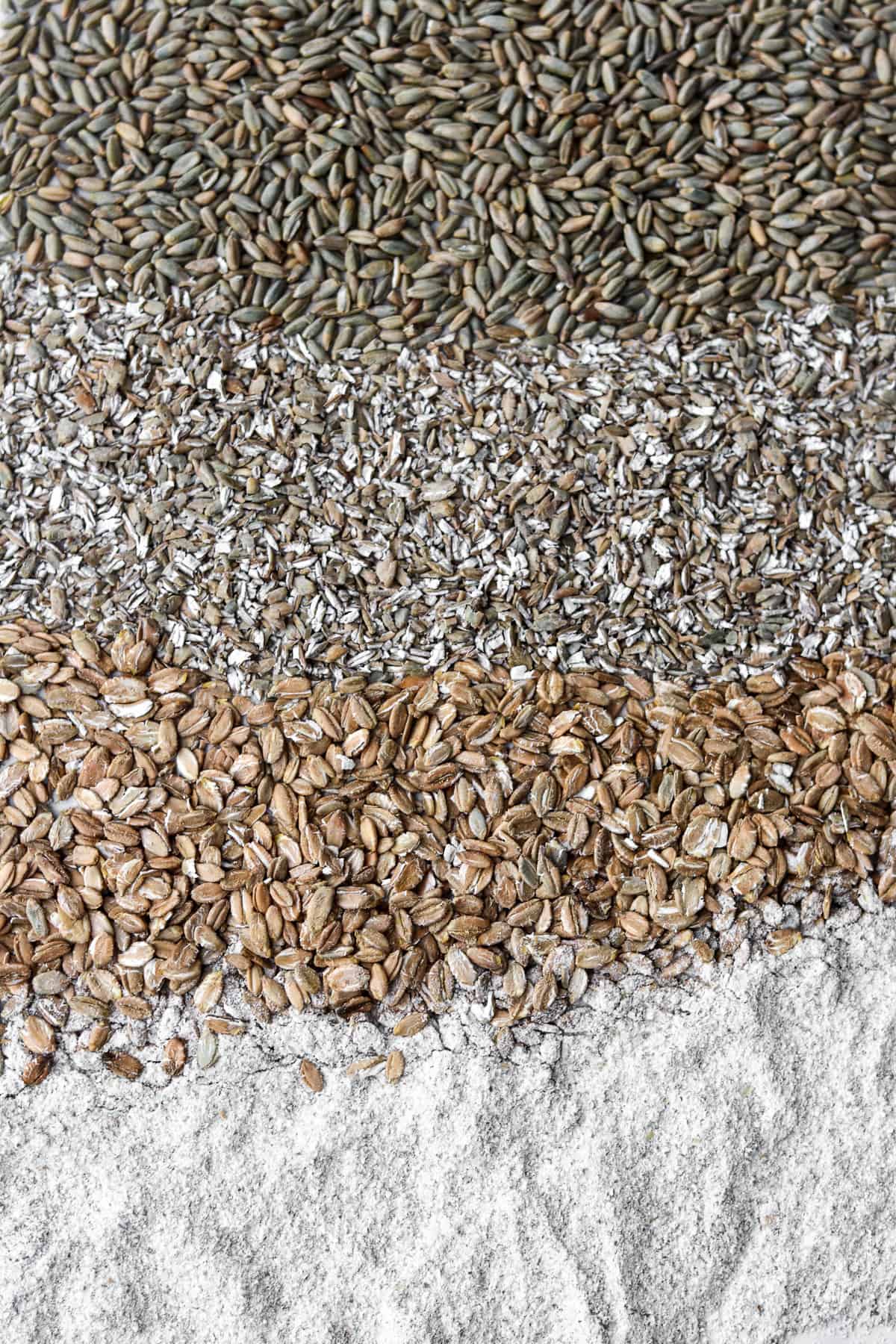
What Is Rye?
Rye is a grass that is grown primarily as a cereal grain. The whole grains harvested from the rye plant are known as rye berries. They can be cooked and eaten whole, rolled into flakes (like rolled oats), ground into flour, or chopped into smaller pieces for cooking and baking. Rye can also be used for making beer, vodka or whiskey or for feeding livestock.
Why is rye so popular in Scandinavia?
Cultural food choices are historically driven largely by climate and terrain. Before the days of modern agriculture and transporting foods from here to there, people ate what they could grow, forage or hunt on the land that was theirs. For the people of northern Europe, this was particularly challenging given the harsh winter conditions and short growing season. Because rye could tolerate the cold, wet weather of the Nordic region and did not require a long growing season, it emerged as an essential component of the traditional Scandinavian diet.
Whole grains also work well in a cold climate because they are highly nutritious and are able to be stored for long periods of time. Breads and porridges went a long way in sustaining people over the harsh winters when growing fresh food was impossible.
A Complicated Past: Ergot
There is a fungus called ergot that can attack rye plants causing the grains to become highly toxic to humans and trigger hallucinations and illness if ingested. For thousands of years, ergot-infested rye caused outbreaks of disease, madness and death throughout Europe. The link between the fungus and its devastating effects was not made until the 1800s. Fortunately, modern industrialization has since all but eliminated any risk of ergot-infected rye as any diseased grains are removed prior to processing. Interestingly, some historians believe that ergot-infested rye was the cause of the hallucinations that led to the Salem witch trials in Massachusetts in 1692.
The Health Benefits of Rye
Rye is a highly nutritious grain and has significant health benefits, some of which are just beginning to emerge as more and more research is done to understand the effects of adding rye to your diet.
- Rye is high in fiber. A diet rich in fiber has been shown to improve digestion and bowel health, lower cholesterol, prevent gallstones, regulate blood sugar levels and help maintain a healthy weight.
- Rye is rich in vitamins and minerals. Rye contains a long list of key vitamins and minerals and is particularly high in phosphorus, magnesium, zinc, iron and B vitamins.
- Rye is low on the glycemic index. The rise of blood glucose after eating rye is less compared to that produced from wheat. The low glycemic index of rye helps maintain a stable level of blood glucose and makes rye a good choice for managing or preventing Type 2 Diabetes.
- Rye keeps you feeling full for a longer period of time. Recent studies have shown that people who ate rye porridge or bread as a part of their breakfast felt satisfied and less hungry during the time leading up to lunch than when they ate something else.
The Different Forms of Rye
Rye Berries

Rye berries are the whole grain form of rye, much like a wheat berries are the whole grain form of wheat. They can be cooked and eaten whole in salads, grain bowls, soups or even in a rye version of risotto! The rye berry has a nutty, earthy flavor and is pleasantly toothsome yet tender when cooked. You can find them at many natural grocery stores and online at Amazon.
How to Store Rye Berries
Rye berries should be stored at room temperature in an airtight container (I use a mason jar). They will keep for at least 6 months in a cool, dry spot. For longer storage, you can freeze the uncooked rye berries in an airtight container or freezer bag for up to a year.
Cooked rye berries can be stored in an airtight container in the refrigerator for up to 5 days. For longer storage, transfer the completely cooled, cooked rye berries to a freezer bag. Tightly seal and freeze for up to 3 months.
How to Cook Rye Berries
Basic Stovetop Preparation: Rinse 1 cup of rye berries in a fine mesh strainer. Fill a medium sauce pan with water and bring to a boil. Add ½ teaspoon of fine salt and the rye berries. Bring back to a boil and then reduce to a simmer. Cook until the rye berries are tender but still toothsome, about 45- 60 minutes. The only way to know that they are done to your liking is to taste them. If you would like them to be softer, keep cooking.
Should I Soak Rye Berries Prior to Cooking?
Some recipes suggest soaking the rye berries overnight in a covered bowl of cold water prior to cooking. The idea is to shave a few minutes off of the cooking time and to potentially make the grains more digestible and the nutrients contained in the rye berries more bioavailable. I have not found soaking to be necessary and generally skip this step, but you certainly can if you are thinking ahead.
Substitutes for Rye Berries
If you can't find rye berries, consider using pearl barley, hulled barley, wheat berries, or farro instead. Bear in mind that each of these grains has their own unique cooking times.
True North Kitchen Recipes for Rye Berries
Rye Chops
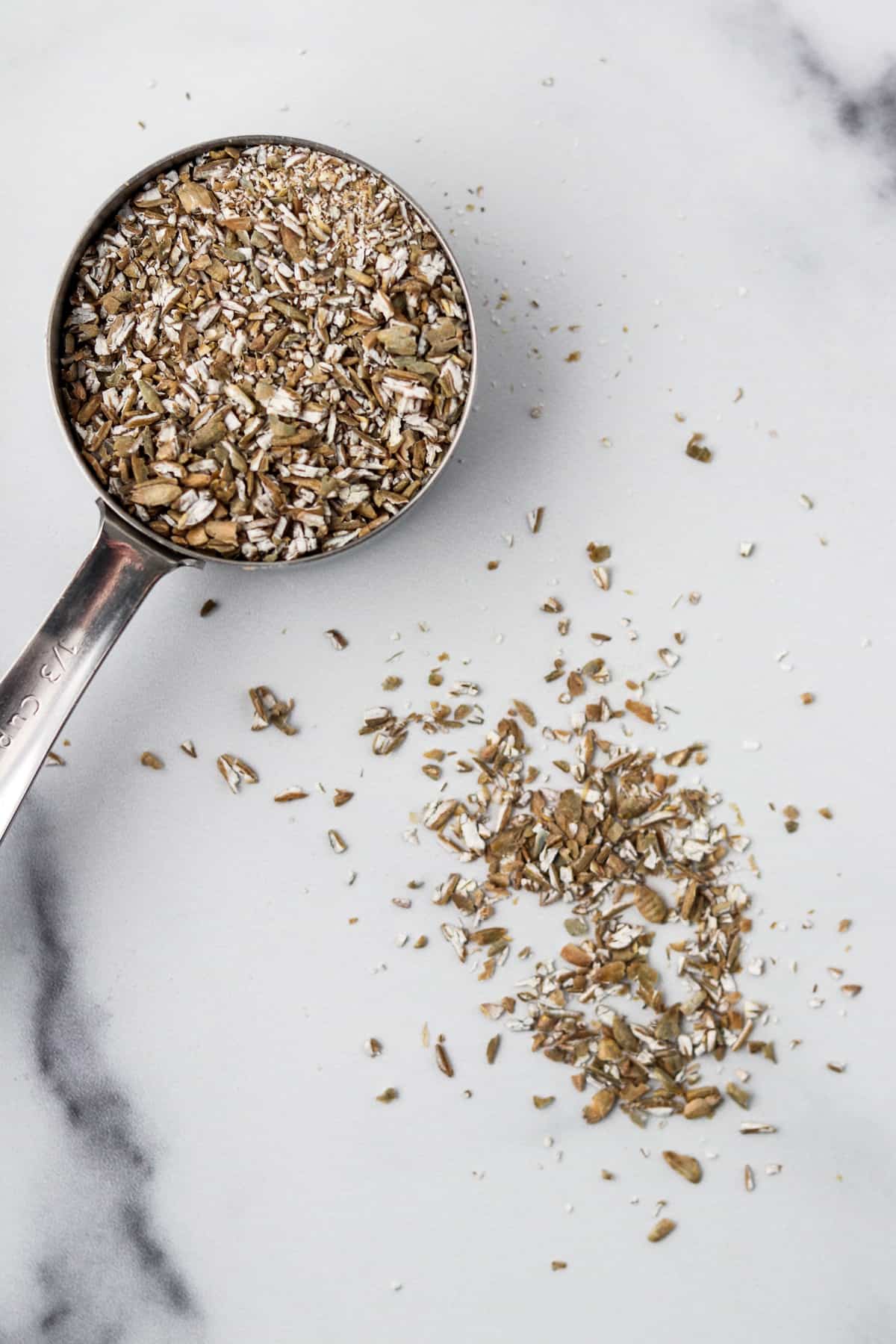
Rye chops (sometimes called cracked rye) are simply rye berries that have been cut into smaller, irregular-sized pieces. They are often used in rye breads or cooked into a breakfast porridge much like steel cut oats. You can find rye chops online at Amazon.com.
How To Store Rye Chops
Rye chops should be stored at room temperature in an airtight container (I use a mason jar). They will keep for at least 6 months in a cool, dry spot. For longer storage, you can freeze the uncooked rye chops in an airtight container or freezer bag for up to a year.
Cooked rye chops can be stored tightly covered in the refrigerator for up to 5 days.
How To Cook Rye Chops
Basic Stovetop Preparation: Bring 3 cups of water to a boil. Add 1 cup of rye chops and ½ teaspoon fine salt. Reduce to a simmer and cook, stirring frequently, until grains are tender but still slightly toothsome, about 35 minutes. Add additional water as necessary if the porridge becomes too thick or is sticking to the bottom of the pan.
Substitutes for Rye Chops
If you can't find rye chops or cracked rye, use a 7 grain cereal mix or steel cut oats instead.
True North Kitchen Recipes for Rye Chops
Rye Flakes
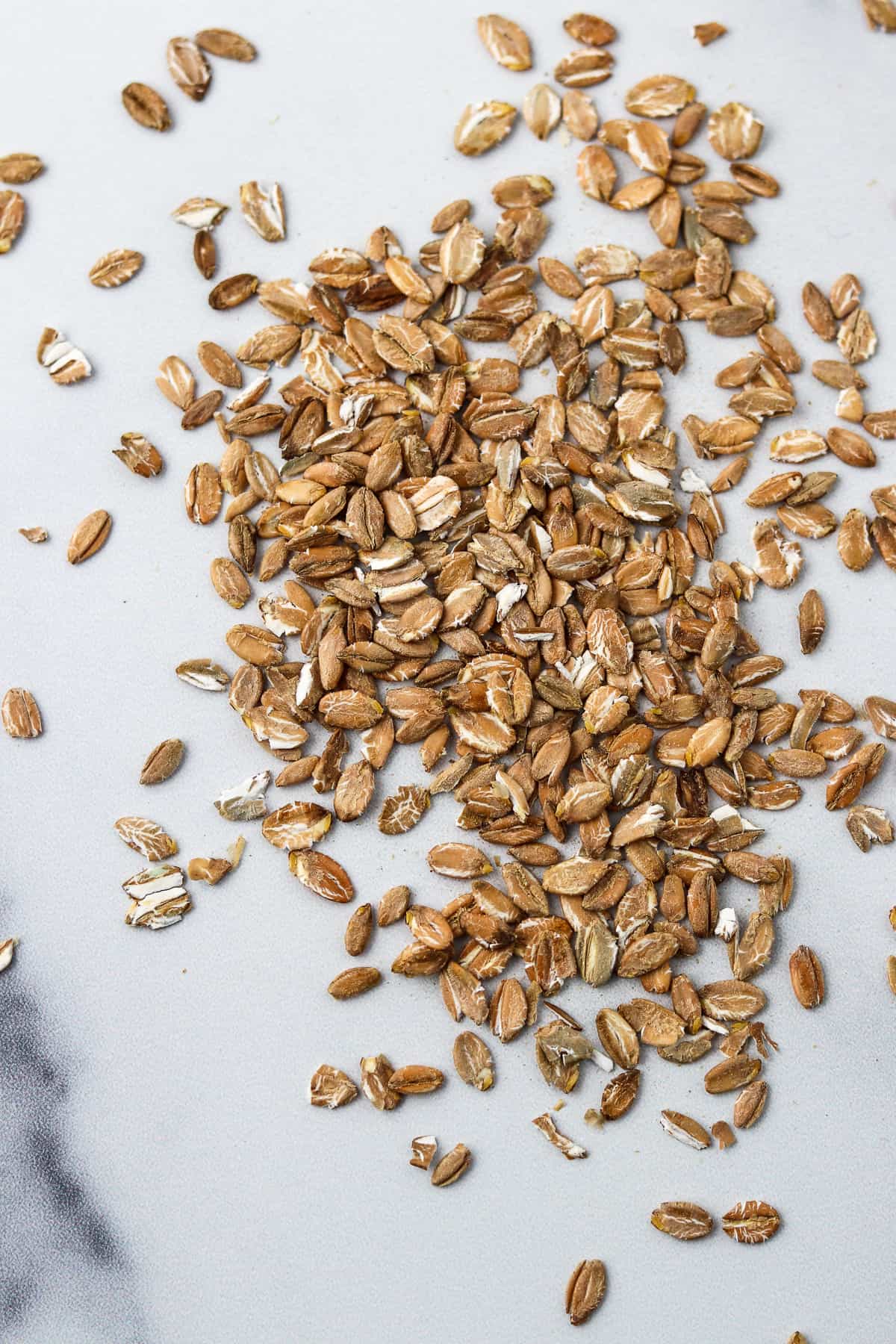
Rye flakes are rye berries that have been steamed, flattened in a roller and dried, much like old-fashioned rolled oats. They can be eaten like a porridge or used as an ingredient in muesli or granola.
How To Store Rye Flakes
Rye flakes should be stored at room temperature in an airtight container (I use a mason jar). They will keep for at least 6 months in a cool, dry spot. For longer storage, you can freeze the uncooked rye flakes in an airtight container or freezer bag for up to a year. You can find rye flakes at many natural grocery stores or online at Amazon.com.
Cooked rye flakes can be stored tightly covered in the refrigerator for up 3-5 days.
How To Cook Rye Flakes
Basic Stovetop Preparation: Bring 1 cup of rye flakes, 3 cups of water and a dash of salt to a boil in a medium saucepan, Reduce to a simmer and cook, stirring occasionally until rye flakes are tender, about 25-30 minutes.
Substitutes for Rye Flakes
Old-fashioned rolled oats, barley flakes or quinoa flakes can step in for rye flakes in a pinch. Each of these different substitute grains will require less cooking time for a basic stovetop preparation, however.
True North Kitchen Recipes for Rye Flakes
Rye Flour
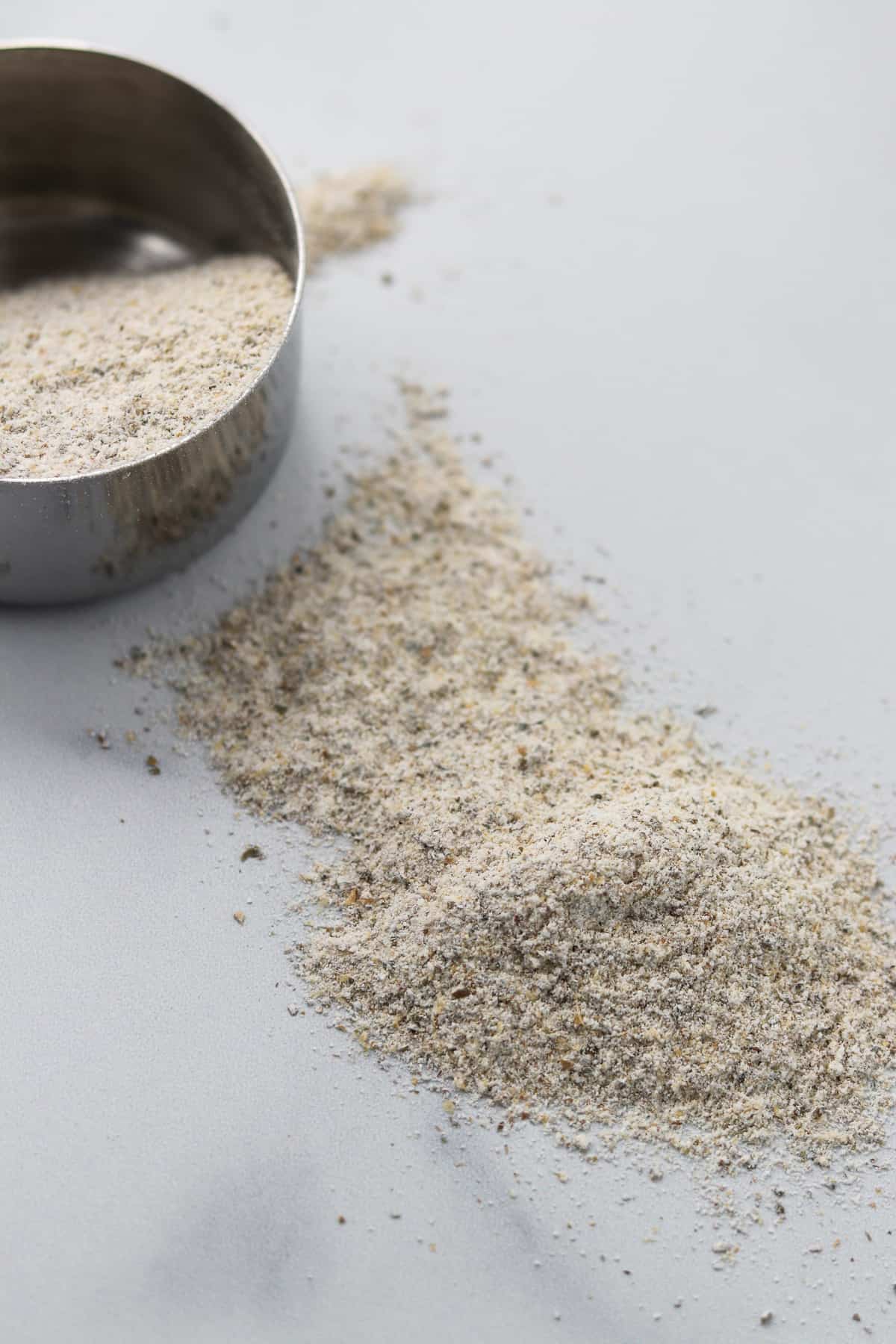
Different Types of Rye Flour
Much like wheat flour, rye flour takes on different forms depending on how much of the bran and germ are removed during the milling process. Unfortunately, there are no standard classifications for rye flours. Whoever mills the grain can call the resulting flour whatever they want. As a general rule, however, the different forms of rye flour break down as follows:
- White Rye: Much like all-purpose white flour made from wheat, white rye has had the bran and germ of the grain removed. As such, white rye is not considered a whole grain flour.
- Light Rye: Light rye is slightly darker in color than white rye and contains small amounts of the bran/germ.
- Medium Rye: Moving up the scale, medium rye contains even more of the bran/germ of the rye berry than light rye flour. It is also slightly darker in color and has a more pronounced rye favor than white or light rye.
- Dark Rye/Pumpernickel: This is the most nutritious and flavorful of the rye flours and contains the whole ground rye berry. Think of it as the whole wheat version of rye flour.
- Rye Meal: A coarsely ground version of whole rye flour.
If you want to receive the healthy benefits of rye, it’s important to choose products that contain whole rye. This would include whole rye berries, rye chops, rye flakes, dark rye/pumpernickel flour and rye meal. These contain the bran, germ and endosperm of the grain itself. Highly refined flours sift out some if not all of these highly nutritious components of the grain. It’s important to read the label to make sure that what you are using is indeed a whole grain product.
What Makes Rye Flour Unique?
Rye has many unique qualities that make it quite different from wheat, both as a whole grain and in flour form:
● Rye flour has less gluten than wheat flour. Gluten strands form the structure of baked goods and trap gases produced by the yeast or other chemical leaveners so that they rise properly. Because gluten doesn't form well when rye flour is mixed with water, rye baked goods, especially breads, are always more dense in structure and have a closer crumb than baked goods baked with wheat flour.
● Rye flour holds more water than wheat flour and contains certain enzymes that convert starch to sugar. This can cause rye breads or other baked goods to be overly moist and have a gummy texture if not handled and baked properly.
● Rye breads get better with a little age. Unlike wheat breads which are best eaten shortly after cooling, both the texture and flavor of rye bread improves after a rest of 24-36 hours.
Baking with Rye Flour
As a general rule, you can substitute up to one-third of the all-purpose flour in a recipe with rye flour and not have to make any significant modifications to the recipe or the baking process. If what you are making is really thin, such as crackers, crispbread, or even certain types of cookies, you may even be able to get away with more.
For rye breads that contain higher percentages of rye flour, it helps to bake the bread at different temperatures, starting with a high temperature (450-500 degrees F) and finishing the bread at a lower temperature (300-350 degrees F). This method of baking helps prevent the enzymes that produce a gummy texture in rye breads from developing by keeping the loaf from spending too much time in the temperature zone where enzyme formation is the most favorable. It is also helpful to use a sourdough starter as opposed to commercial yeast because the acidic nature of the sourdough slows down the enzyme activity.
True North Kitchen Recipes for Rye Flour
- Blueberry Creme Fraiche Tart with Rye
- Easy Overnight Danish Rye Bread (Rugbrød)
- Spice Cake with Dates, Rye and Salted Caramel Drizzle
- Rye Chocolate Chip Cookies with Brown Butter
- Easy Finnish Rye Bread Rings (Ruisreikäleipä)
- Sourdough Danish Rye Bread (Rugbrød)
- Lemon Blueberry Crumble Bars
- Rustic Tomato Tart with Rye Crust
- Swedish Limpa Bread
- Easy Swedish Crispbread (Knäckebröd)
- Rustic Strawberry Rhubarb Rye Galette
- Easy Sourdough Rye Crispbread (Knäckebröd)
- Apple Crumble Bars with Oats and Rye
- Soft Whole Wheat Rye Flatbreads with Scallions
- Simple Pumpkin Rye Bread with Cinnamon Sugar Topping

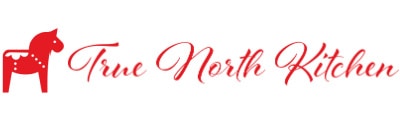
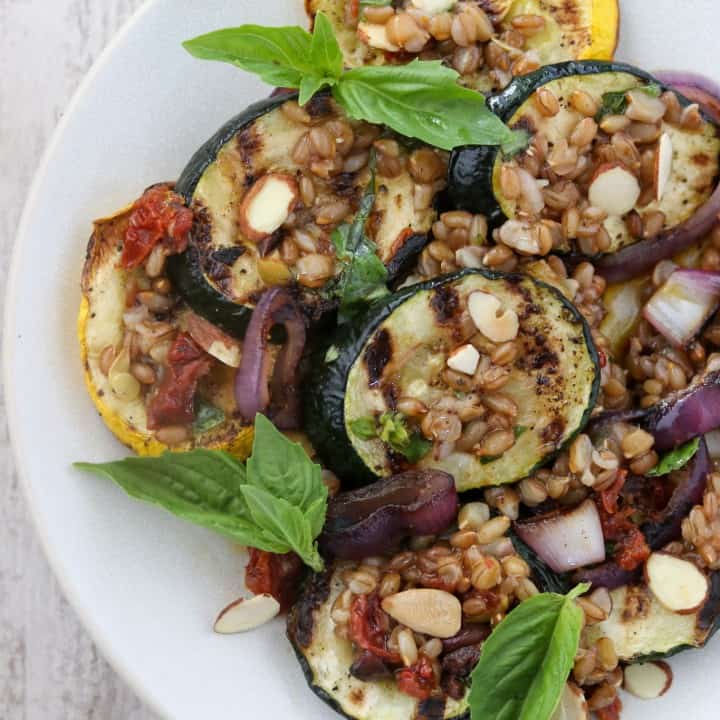
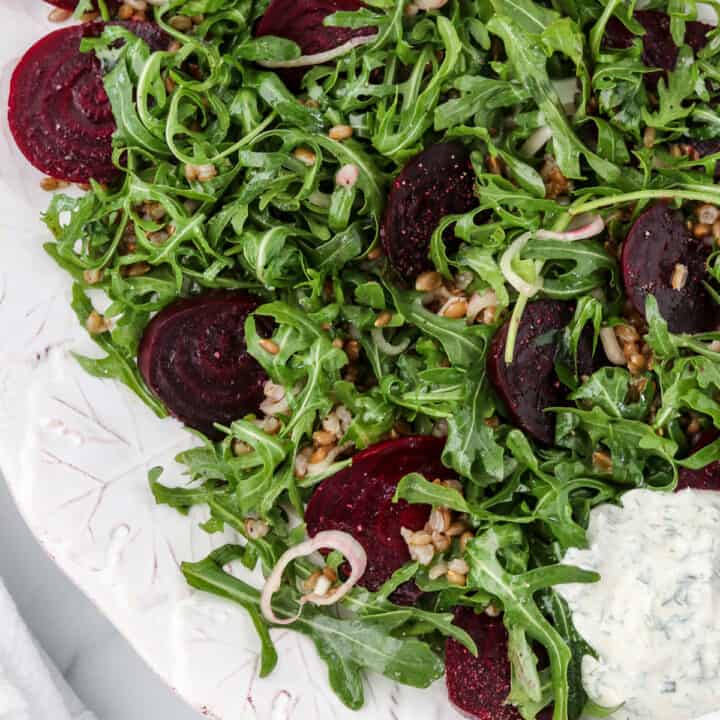
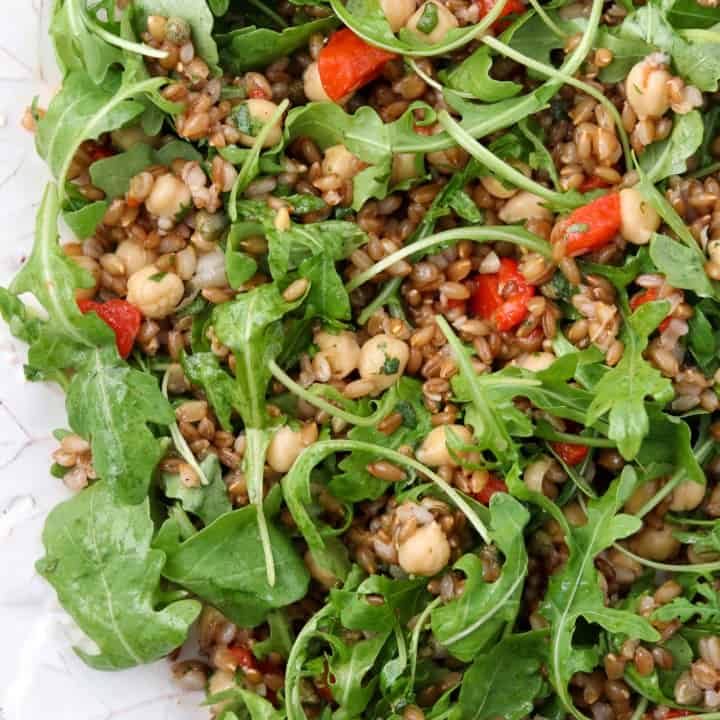
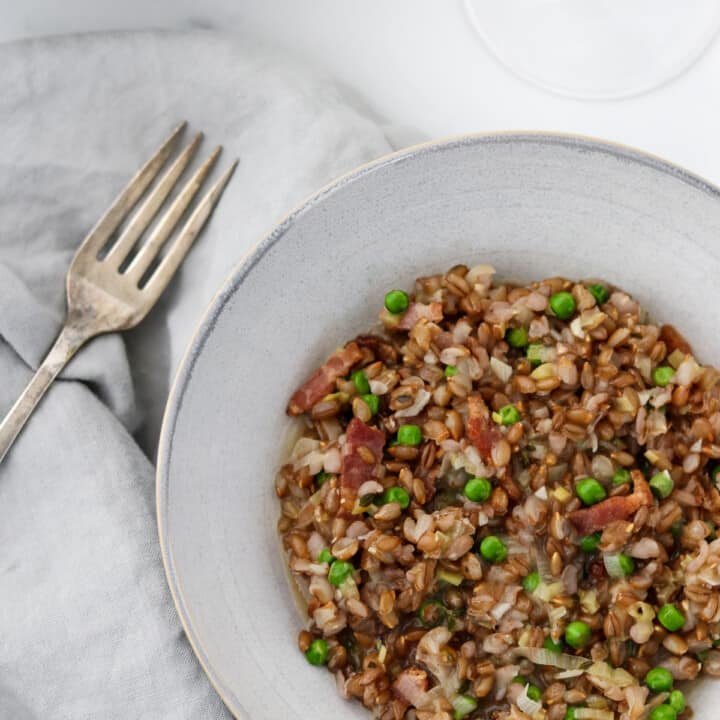
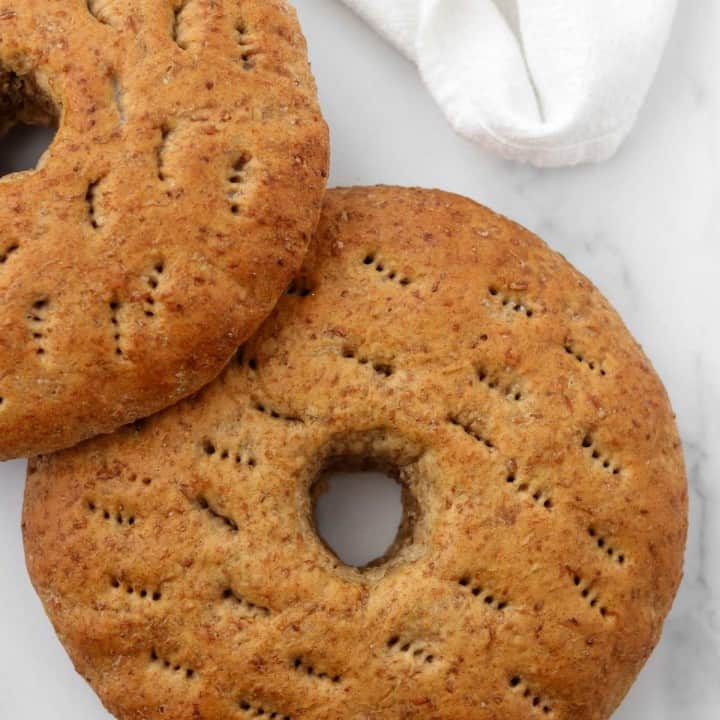

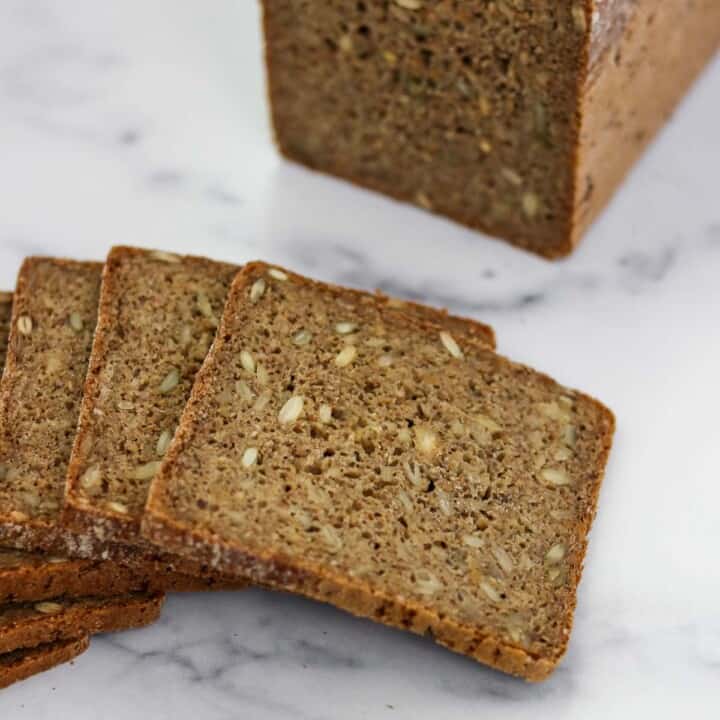

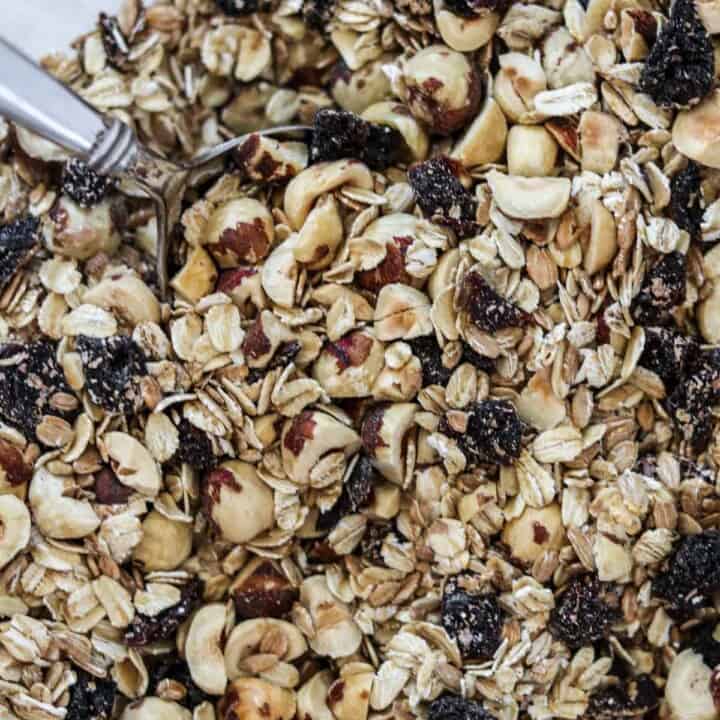
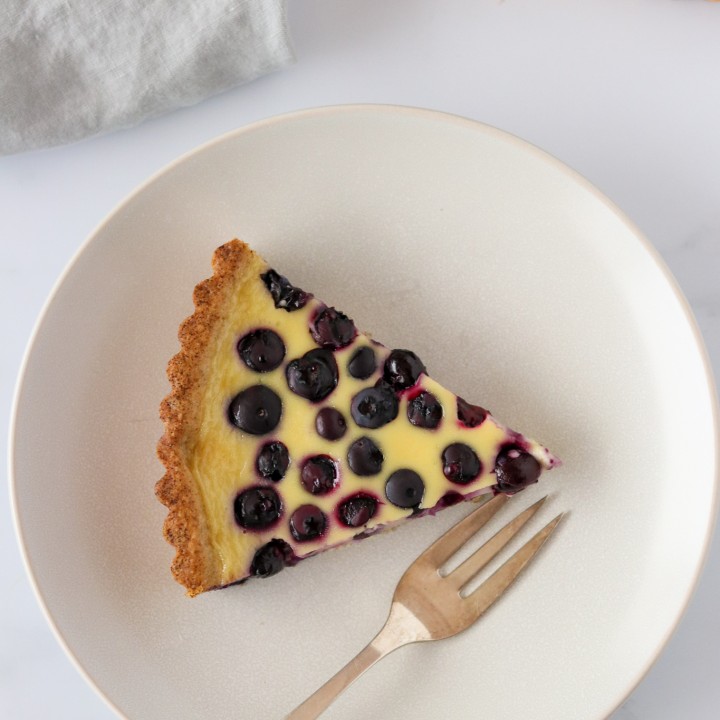
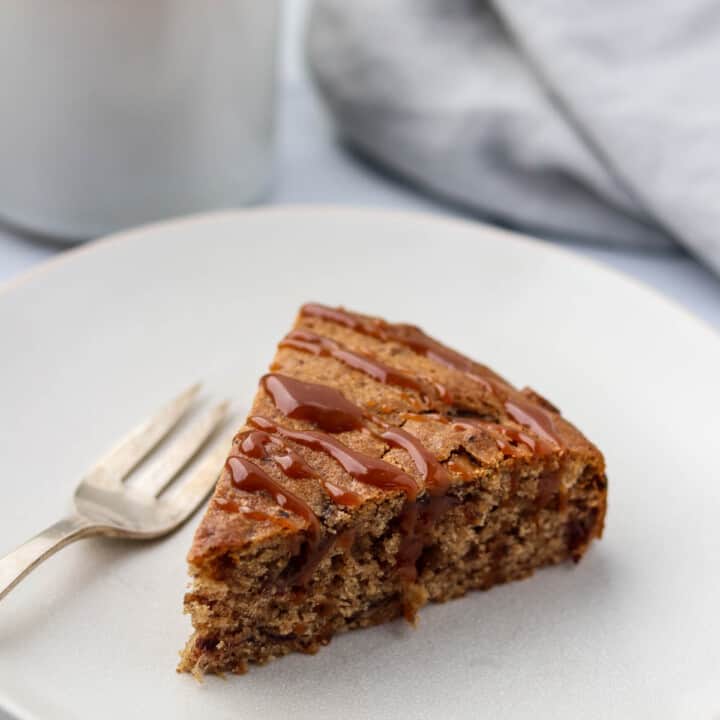

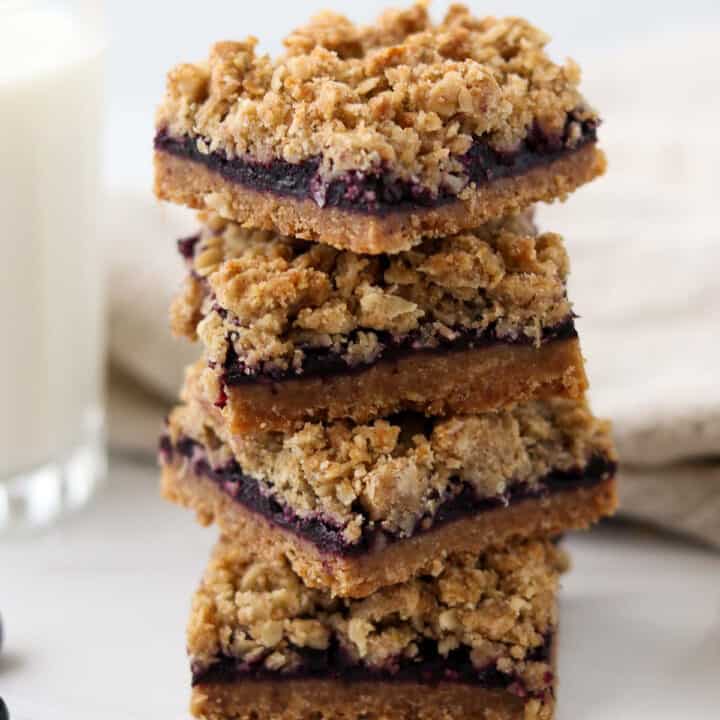
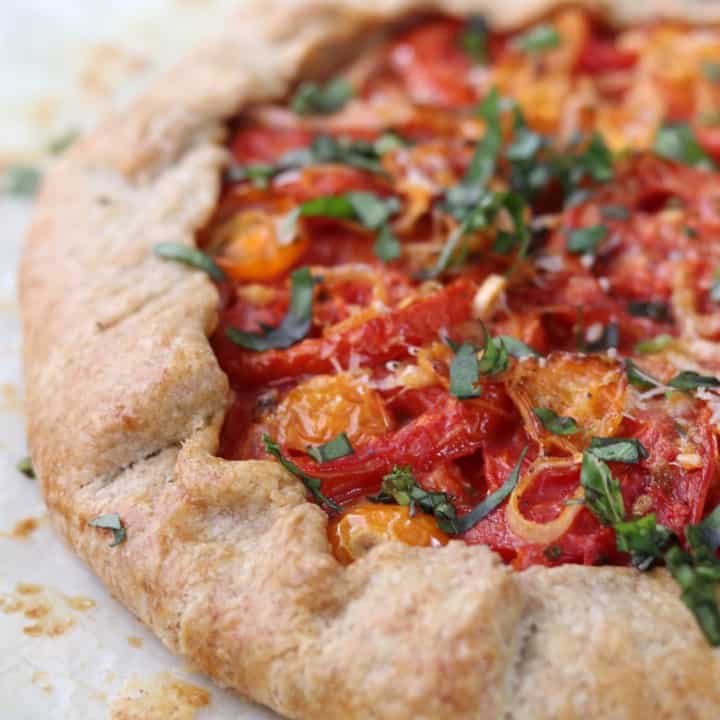
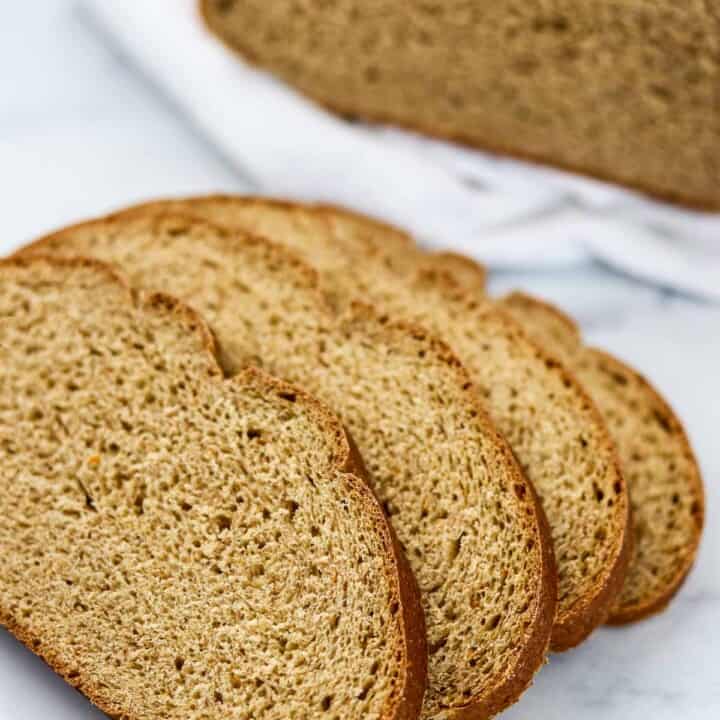

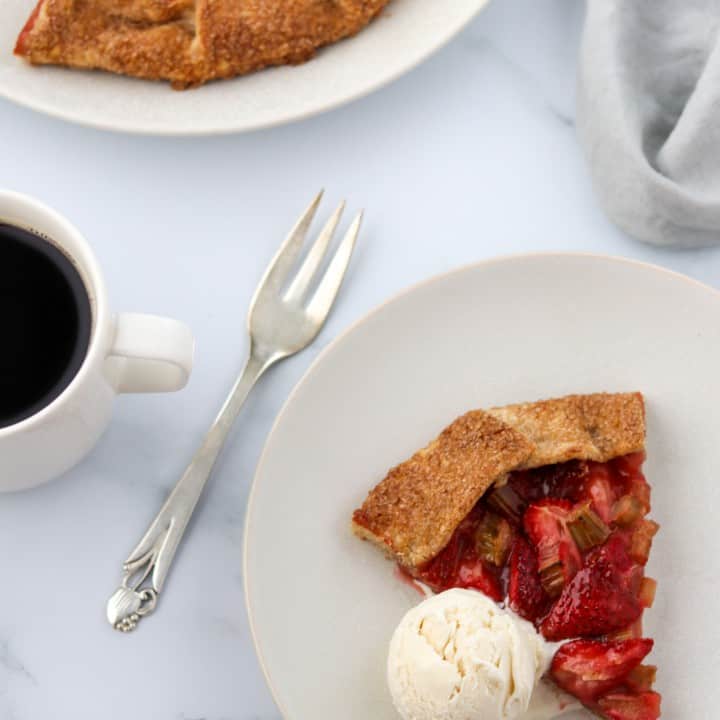
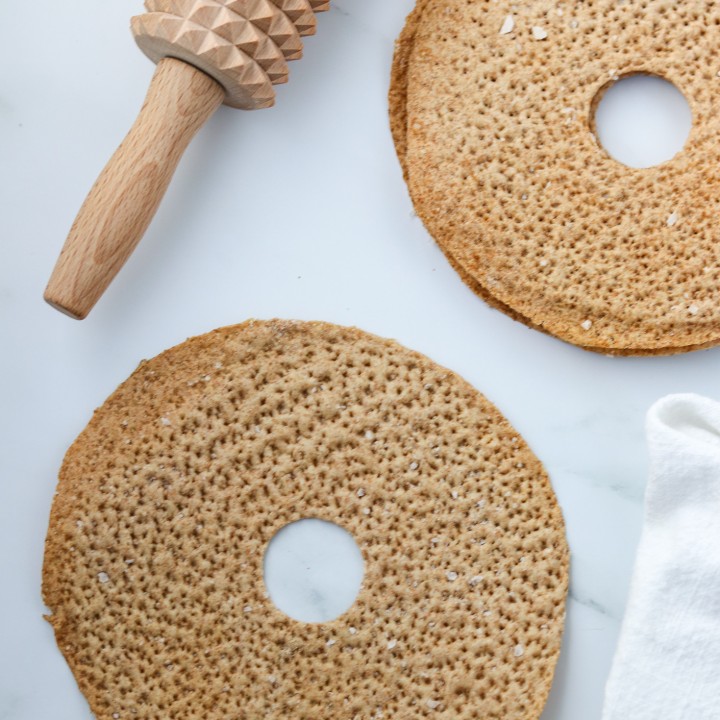
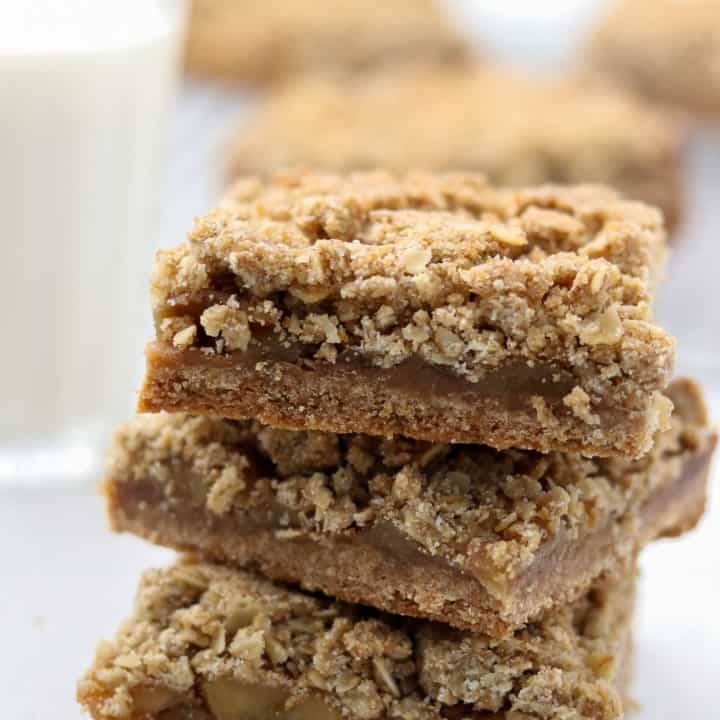
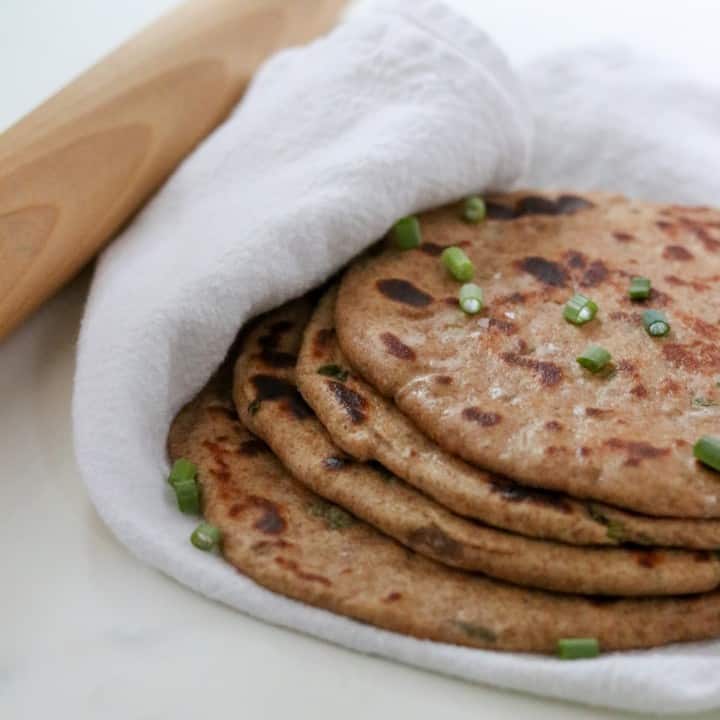
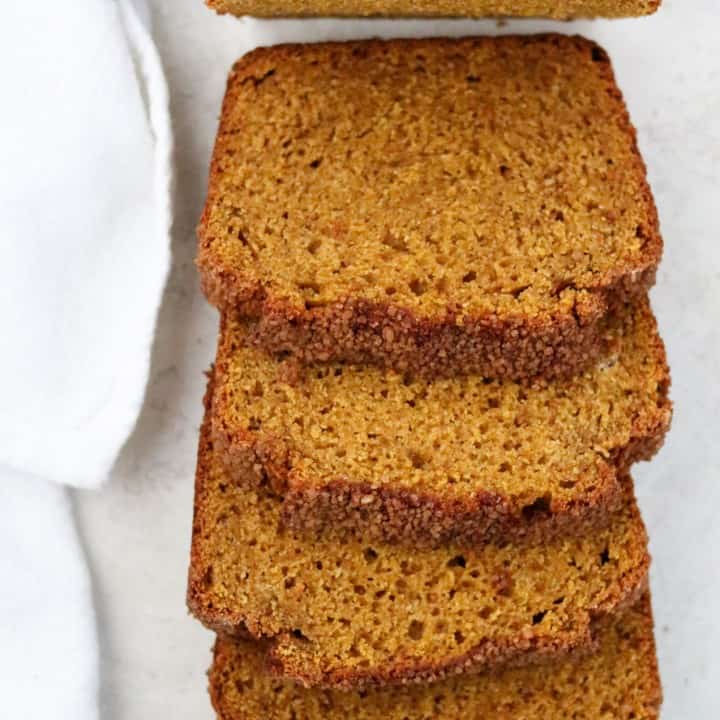
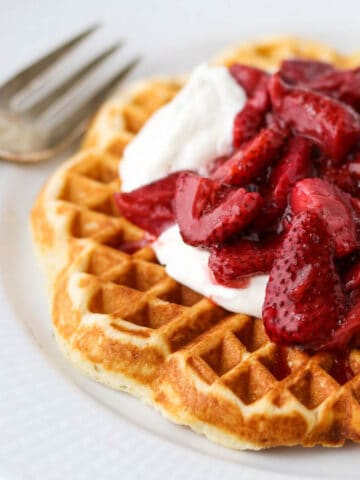


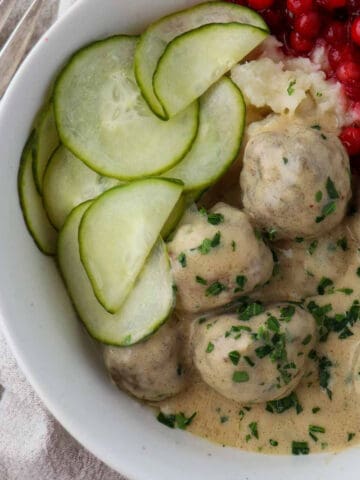
Melanie
Hi, Kristi. I really want to thank you so much for this article! It was a lot more thorough than I thought it would be, and it has given me much to think about. I am switching more to rye and other grains as opposed to constant wheat. Nothing against wheat--it's delicious--but I want to branch into more traditional foods of my northern European ancestry. So, thank you very much! I'm now off to read some of your rye recipes!
Melanie
Kristi
Hi Melanie,
Thanks so much for your comment! I'm glad you enjoyed the article and I hope you give some of my rye recipes a try. I think that it's great that you are branching out and trying some new grains! Rye is one of my favorites. Barley is a good one too and also has northern European roots. Happy baking!
Kristi
Annella
Thank you for the very informative article! I am if Polish descent and love the taste of rye. I’ve been baking sourdough for a few years and want to master a rye version next. Any advice or resources in baking with rinsed rye grains and/or sprouting the grains? A how-to would be most helpful.
Kristi
Hi Annella,
I haven't baked much with sprouted rye but I will look into it!
Kristi